Standard Will Enable Lighting Control Market to Reach True Potential
The Bluetooth Special Interest Group (SIG) has announced the completion of Bluetooth® Networked Lighting Control (NLC), the first full-stack standard for wireless lighting control. By offering standardization from the radio through the device layer, Bluetooth NLC enables multi-vendor interoperability and mass adoption of wireless lighting control.
Over a decade ago, the lighting industry began a journey towards standardization of wireless lighting control using Bluetooth technology, first by leveraging Bluetooth Low Energy (LE) at the radio layer and then adopting Bluetooth Mesh to standardize the communication layer. The release of new Bluetooth NLC Profile Specifications adds standardization at the device layer, completing the full stack Bluetooth NLC standard.
With the introduction of Bluetooth NLC, the Bluetooth SIG predicts that lighting suppliers will benefit from lower cost and faster innovation, increased market opportunity, and additional revenue models.
“The establishment of globally available wireless standards has always been a key landmark in enabling connected device ecosystems to achieve their full promise. Wireless lighting control is no different,” said Andrew Zignani, Senior Research Director at ABI Research. “Bluetooth NLC expands the supplier opportunity by instilling buyer confidence and peace of mind, increasing the likelihood of adoption, and unleashing the lighting control market’s total potential.”
Bluetooth NLC will also bring benefits to lighting buyers, including true, multi-vendor interoperability, ease of deployment, and greater scalability.
“The impact of the Bluetooth Mesh standard on the wireless lighting control landscape has been truly transformative. Bluetooth NLC is the last missing link required to achieve global interoperability in wireless lighting control,” said Rafał Han, CEO of Silvair. “We’re excited about how it will benefit the market and shape the future of the lighting industry, allowing components from different vendors to work seamlessly with each other. At Silvair, we believe in staying at the forefront of innovation with a strong emphasis on security and scalability, and interoperability is the way towards mass adoption.”
“Without a full-stack wireless lighting control standard that includes device profiles, adoption of wireless lighting control was limited and fear of vendor lock-in was high. Bluetooth NLC solves this challenge, ensuring open, standardized interoperability,” said Edward Lees, Head of Technical Product Development – Digital Solutions and Services at Feilo Sylvania International. “We are excited to see a standard that meets the scale, reliability, true interoperability, and security demands required in modern, digital, commercial applications. Bluetooth NLC will help the wireless lighting control market breakdown barriers to adoption and realize its full potential.”
Related Articles
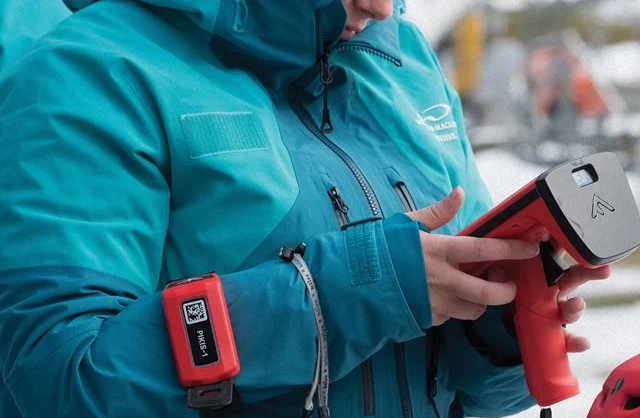
Cellular IoT-powered ski resort management solution tracks skier location on mountains
The flaik tag employs Nordic Semiconductor's nRF9160 SiP to send GNSS location data from device to the Cloud via cellular IoT connectivity Snow sports product company, flaik, has upgraded its ski school workforce management solution to include IoT network capabilities...

The installed base of connected tanks to reach 23 million in 2026
There are more than 100 Remote Tank Management solution vendors active on the market worldwide The global installed base of active remote tank monitoring (RTM) solutions reached 6.2 million units at the end of 2021, according to a new research report from the IoT...
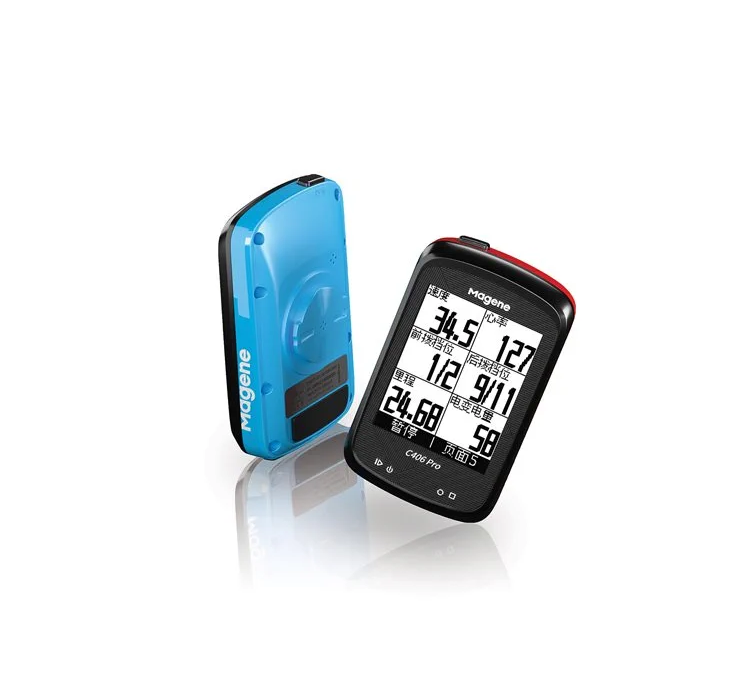
Bike computer provides smartphone-free navigation functionality
The Nordic nRF52840 SoC provides multiprotocol Bluetooth LE and ANT+ connectivity to the C406 Pro to obtain and send riding data from peripheral devices Intelligent technology company, Magene, has launched a multifunctional GPS bike computer that can record over 100...
Stay Up to Date With The Latest News & Updates
Our Sponsors
Incisor.TV partners with leading organisations in the technology sector.
Follow Us
And stay up to date with our news! We are active across the key social media platforms – please do follow us!

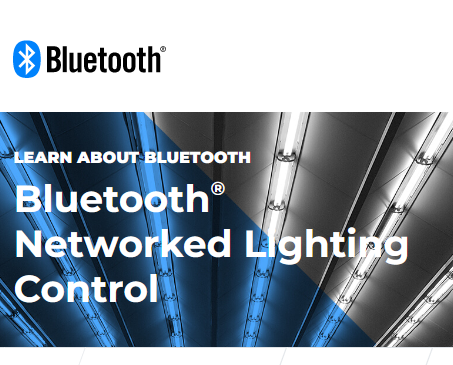

0 Comments